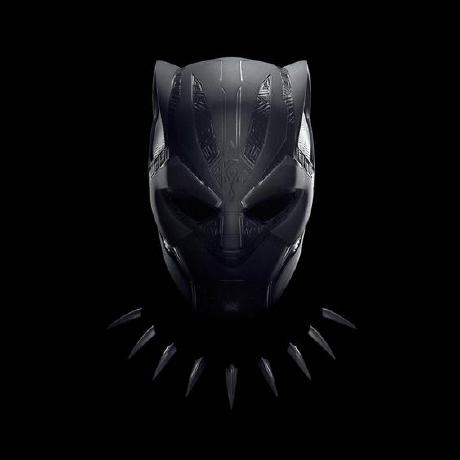How to Create a Custom File Input for Image Uploads with Tailwind CSS and Html?
 Nunam
NunamIn modern web development, enhancing user experience (UX) is crucial, and one way to achieve this is by using custom file input elements. A common approach is to hide the default file input field and trigger it through a more visually appealing element, such as a profile picture or a styled button. This guide will walk you through creating a custom file input using HTML and CSS (or Tailwind CSS) to provide a seamless and attractive file upload experience.
Why Use Custom File Inputs?
Improved UX: Custom file inputs provide a better user experience by integrating seamlessly with the overall design of your application.
Enhanced Styling: They allow for greater flexibility in styling, making it easier to match your application's aesthetic.
User Engagement: Custom inputs can make the process of uploading files more intuitive and engaging for users.
Implementation Steps
Here's a simple example to create a custom file input that is triggered by clicking on a styled element.
<label for="upload_image">
Click to upload the image
<input type="file" id="upload_image" hidden>
</label>
Explanation
Label Element:
The
<label>element is styled to look like a button or a profile picture placeholder. It includes theforattribute, which is linked to theidof the file input. When the label is clicked, it triggers the hidden file input.Classes such as
grid,w-32,h-32,text-center,border,rounded-full, andplace-content-centerare used to style the label. These classes can be customized or replaced with your preferred styling method.
File Input:
- The
<input type="file">element is hidden using thehiddenattribute or CSS class. It has anidthat matches the label's for attribute, ensuring that clicking the label triggers the file input.
- The
Styling:
- You can further style the label using CSS or a utility-first CSS framework like Tailwind CSS to achieve the desired look and feel. For instance, add hover effects, background images, or other styles to enhance the UI.
Customizing with Tailwind CSS
If you're using Tailwind CSS, you can easily customize the styles:
<label for="upload_image" class="grid w-32 h-32 text-center border rounded-full place-content-center cursor-pointer bg-gray-200 hover:bg-gray-300">
Click to upload image
<input type="file" id="upload_image" hidden>
</label>
Cursor Pointer: The
cursor-pointerclass changes the cursor to a pointer when hovering over the label, indicating it's clickable.Background Color: Classes like
bg-gray-200andhover:bg-gray-300add background colors and hover effects to the label.
Enhancing Interactivity with Livewire
For even more interactivity, you can integrate this custom file input with Livewire's temporary file upload feature. Livewire makes handling file uploads seamless and provides real-time feedback to users.
You can learn more about using Livewire for temporary file uploads here.
Conclusion
Implementing a custom file input is a straightforward way to enhance the UX of your application. By hiding the default file input and triggering a styled label, you can create a more intuitive and visually appealing interface for users to upload files. Customize the styles to match your application's design, and you'll have a polished, professional file input ready to go.
Happy coding!
Subscribe to my newsletter
Read articles from Nunam directly inside your inbox. Subscribe to the newsletter, and don't miss out.
Written by

Nunam
Nunam
))